Birds are some of nature’s most incredible architects, creating nests that range from simple to extraordinarily complex. These avian structures serve various purposes, from protecting eggs and chicks to attracting mates. Here are some of the most impressive examples of bird architecture.

Weaver birds are renowned for their intricate nests, which they construct by weaving together grass, leaves, and twigs. These nests often hang from tree branches, resembling a woven basket. The precision and skill involved in their construction are remarkable, with some nests even featuring entry tunnels to deter predators. Male weaver birds often build multiple nests to attract females, who inspect the quality of the nest before choosing a mate.
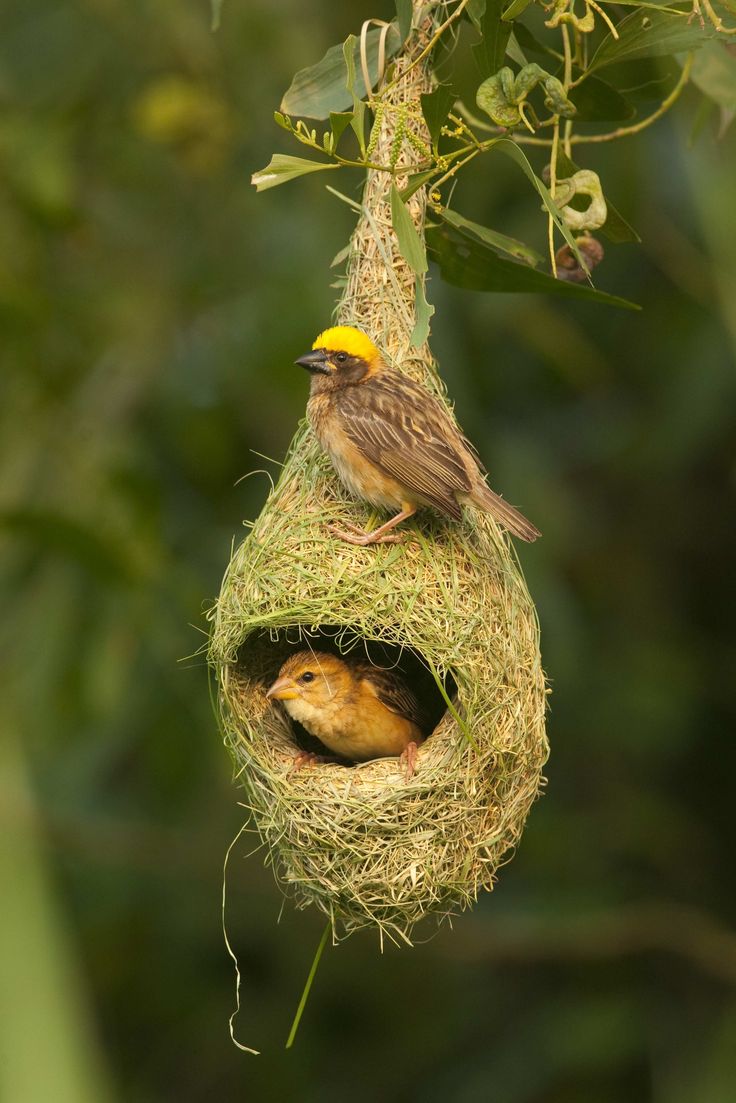
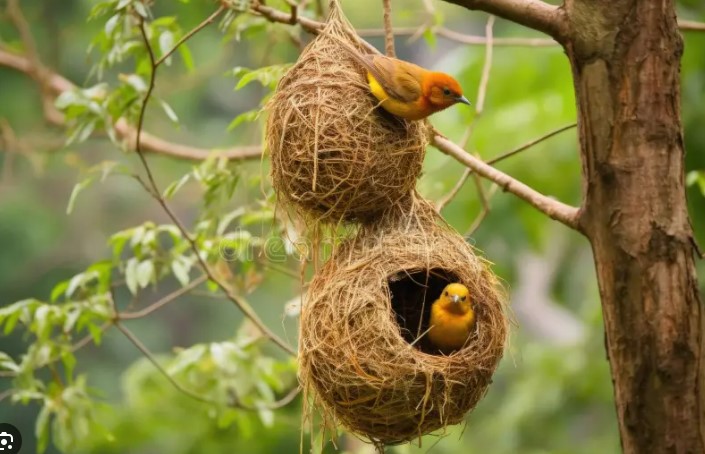
Bowerbirds, found in Australia and New Guinea, are famous for their elaborate courtship structures called bowers. These are not nests for raising young but rather intricate displays to attract females. Male bowerbirds collect and arrange sticks, leaves, flowers, and even brightly colored objects like berries and plastic pieces to decorate their bowers. The level of artistry and attention to detail in these structures is extraordinary, and the better the bower, the more likely the male is to attract a mate.
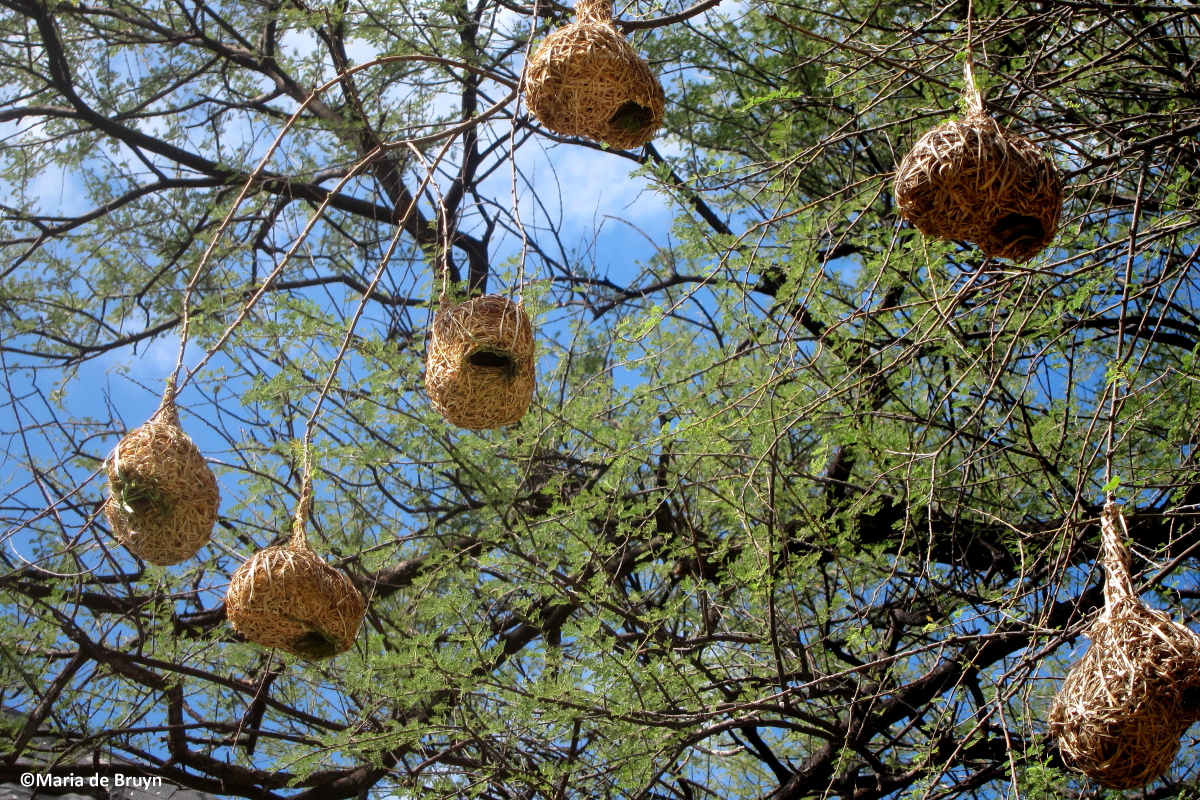
The sociable weaver, native to Southern Africa, constructs massive communal nests that can house hundreds of birds. These nests, often built in acacia trees or on telephone poles, resemble large haystacks and can weigh several tons. Inside, the nest is divided into individual chambers, each accessible by its own entrance. These nests provide excellent insulation against the extreme temperatures of the Kalahari Desert and can last for many decades.
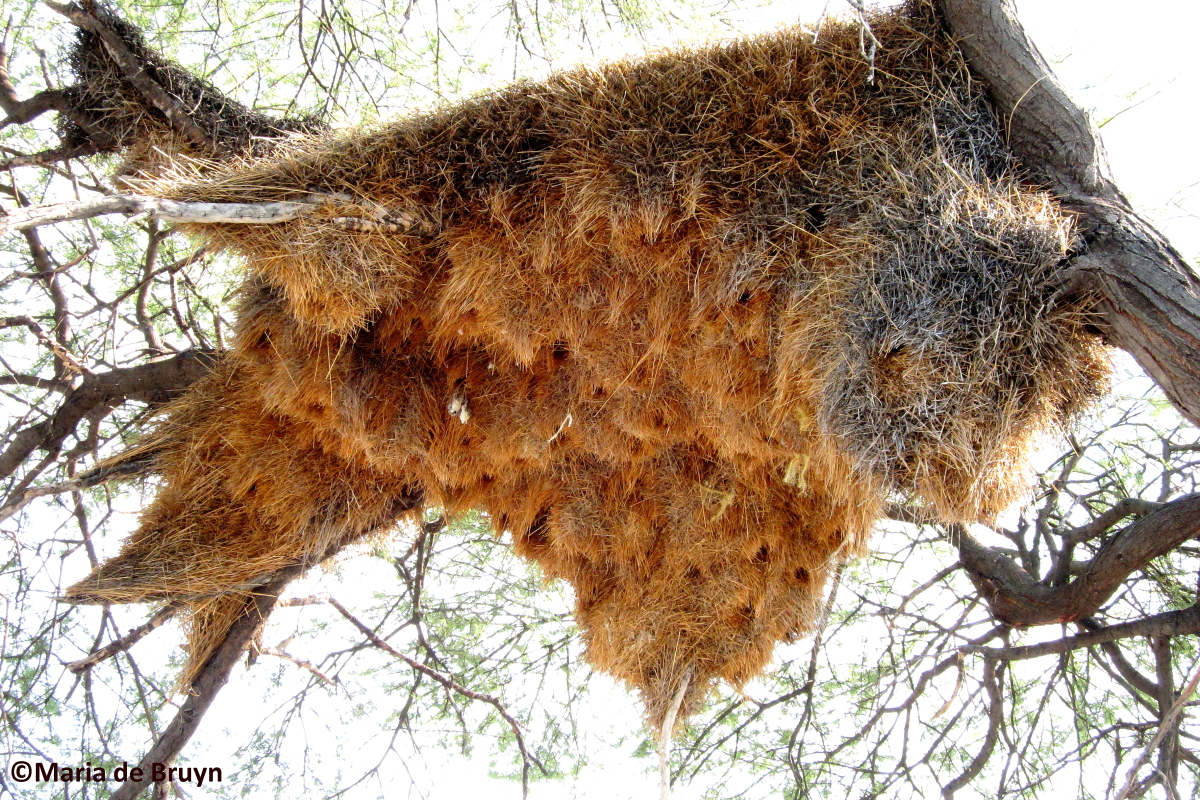
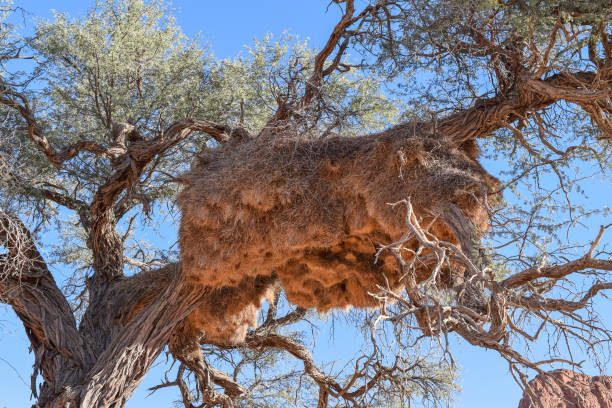
The nests of the edible-nest swiftlet, found in Southeast Asia, are highly prized for their use in bird’s nest soup. These small birds create their nests almost entirely from their own saliva, which hardens to form a cup-shaped structure. The nests are often built in caves or on cliffs. Harvesting these nests is a delicate and dangerous task, but it has significant economic importance in some regions.
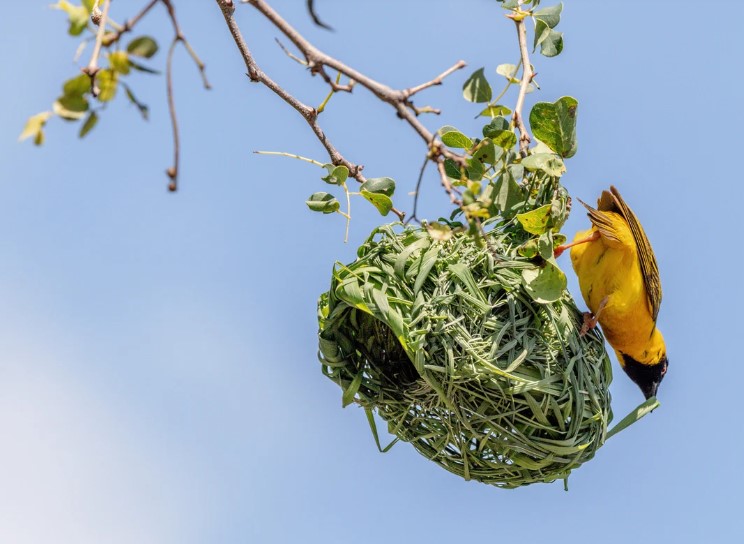
Oropendolas are tropical birds known for their long, hanging nests that can reach up to six feet in length. These pendulous nests are woven from vines and grasses and are often built in colonies, hanging from the outer branches of trees. The communal nesting strategy helps protect against predators, as the sheer number of nests can overwhelm would-be attackers. Despite their small size, hummingbirds are master nest builders. Their nests are tiny but incredibly detailed, often constructed from plant fibers, spider silk, and lichen. The use of spider silk allows the nest to expand as the chicks grow. Hummingbird nests are often camouflaged to blend in with their surroundings, providing additional protection from predators.